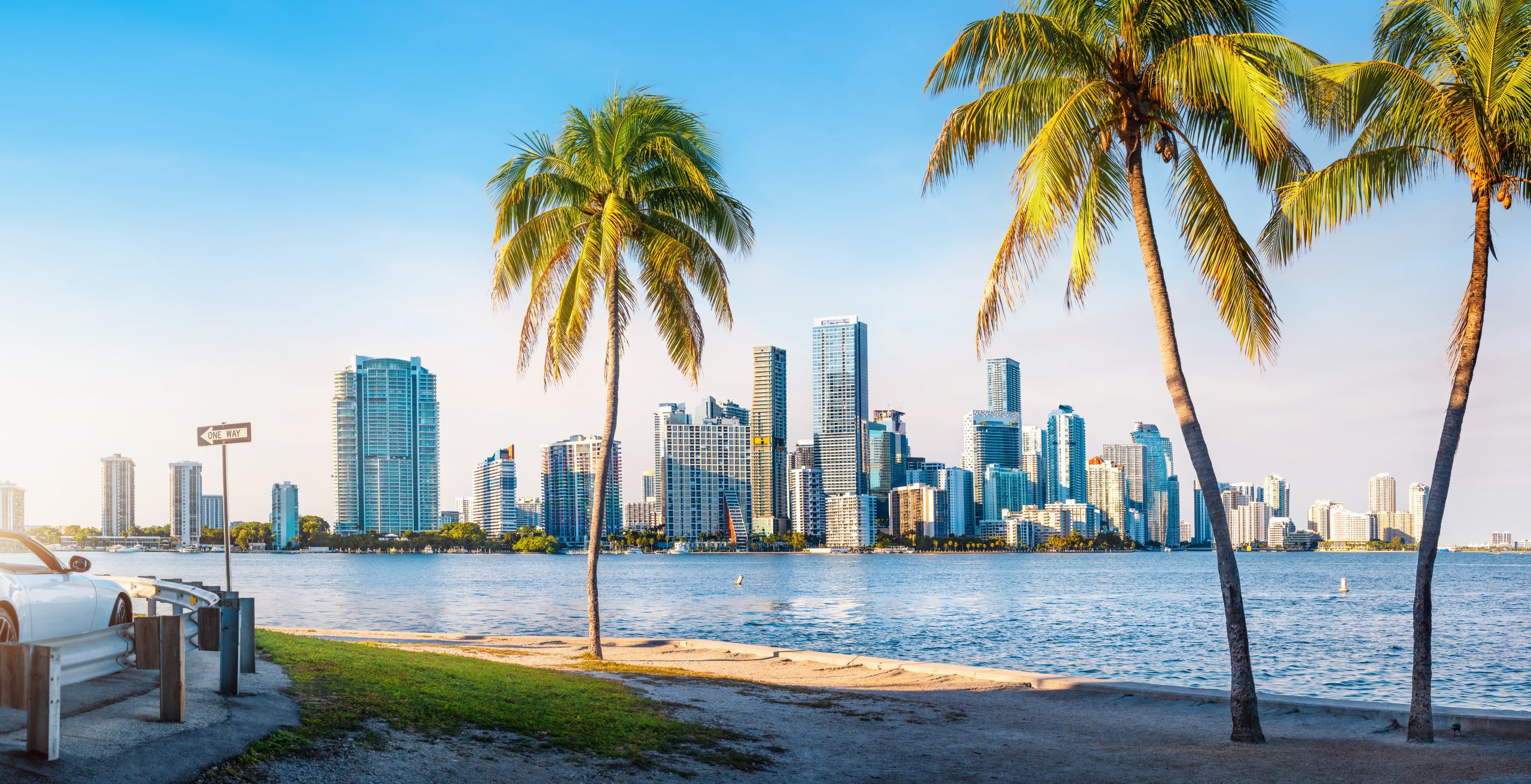db meets: Katherine Cole
Having once been dismissed as nothing more than a girly summer drink, over the last few years rosé has grown to become serious business. The timing is ripe then for a book on the subject. Enter Rosé All Day by Katherine Cole, which touts itself as “an essential guide to your new favourite wine”, and charts the history of pink wine through the ages from King Louis XII to Brad Pitt and Angelina Jolie’s wildly popular Provençal pink Miraval. Organised by region, the book explores the rosé offerings around the world, from France, Italy and Spain to Corsica, Morocco and the USA. We caught up with Katherine to get the lowdown on her new rose-tinted tome…
Katherine Cole. Photo credit: Gia Goodrich of VEV Studios.
Why a book on rosé?
Because there weren’t any. When I started thinking about this project in 2015, quality rosé sales were up 60% while the rest of the table wine market was growing at less than 5% in the United States.
Rosé was the most exciting category in wine, but it was only receiving passing mentions in wine books and publications. I couldn’t find anything in the English language that provided a comprehensive history of rosé, or outlined the many ways it can be vinified. Since I couldn’t find a book that answered my questions about rosé, I wrote one.
Where has the rosé trend come from?
In France, rosé is more popular than white wine now. Clearly, something is going on. In Rosé All Day, I put forth a few theories to explain rosé’s rapid rise. First, you’ve got the obvious glitz and glamour.
Angelina Jolie and Brad Pitt bought Miraval. Rap and hip-hop artists like Rick Ross and Flo Rida are name-checking rosé in their music. High-end rosés are sold in wide-bottomed bottles with punts – there are lots of parallels with Champagne.
Winemakers are also taking steps to improve quality and ageworthiness, so it’s a much more interesting category. Finally, I’m going to go out on a limb and argue that the softening of divisions in gender and sexuality in recent years has made “brosé” the huge success that it is.
Lacoste makes men’s polo shirts in four or five different shades of pink these days. And men no longer feel that they must prove their manliness by drinking inky-black, tannic alcohol bombs. They don’t have the hang-ups that the guys of previous decades did. So they’re consuming just as much pink wine as women are.
Partner Content
There’s a tendency to stereotype rosé as simply ‘blush’ or ‘Provence’? Is that changing?
A: Oh yes. Sommeliers are getting serious about rosé. They are offering it year-round and are highlighting regional styles on their wine lists. For example, Cerasuolo from Abruzzo, Chiaretto from the wine regions around Lake Garda, and Negroamaro rosati from Salento are three very different Italian rosés.
In Spain you’ve got everything from fizzy pink Txakolí from the Basque country to gorgeous old oaked Rioja clarete. And France produces so many fascinating and distinct wines, like vin gris from Côtes de Toul in Lorraine, surprisingly dark Rosé des Riceys from Champagne, the vins de sable (sand wines) of the Camargue… I could go on.
What might surprise readers about rosé?
Readers will be surprised to learn the long history of rosé. There’s a current craze for “orange” wines, made in terracotta amphorae in the manner of antiquity. If you think about it, these wines are, in fact, rosés. The original Bordeaux “claret” was a pale co-fermentation of red and white grapes. And the pink wines of Tavel used to be held in much higher regard than the reds of the Rhône. So there’s no shame in enjoying a nice bottle of rosé.
Rosé All Day: The Essential Guide to Your New Favourite Wine by Katherine Cole and illustrated by Mercedes Leon is out now, priced at £14.99.




